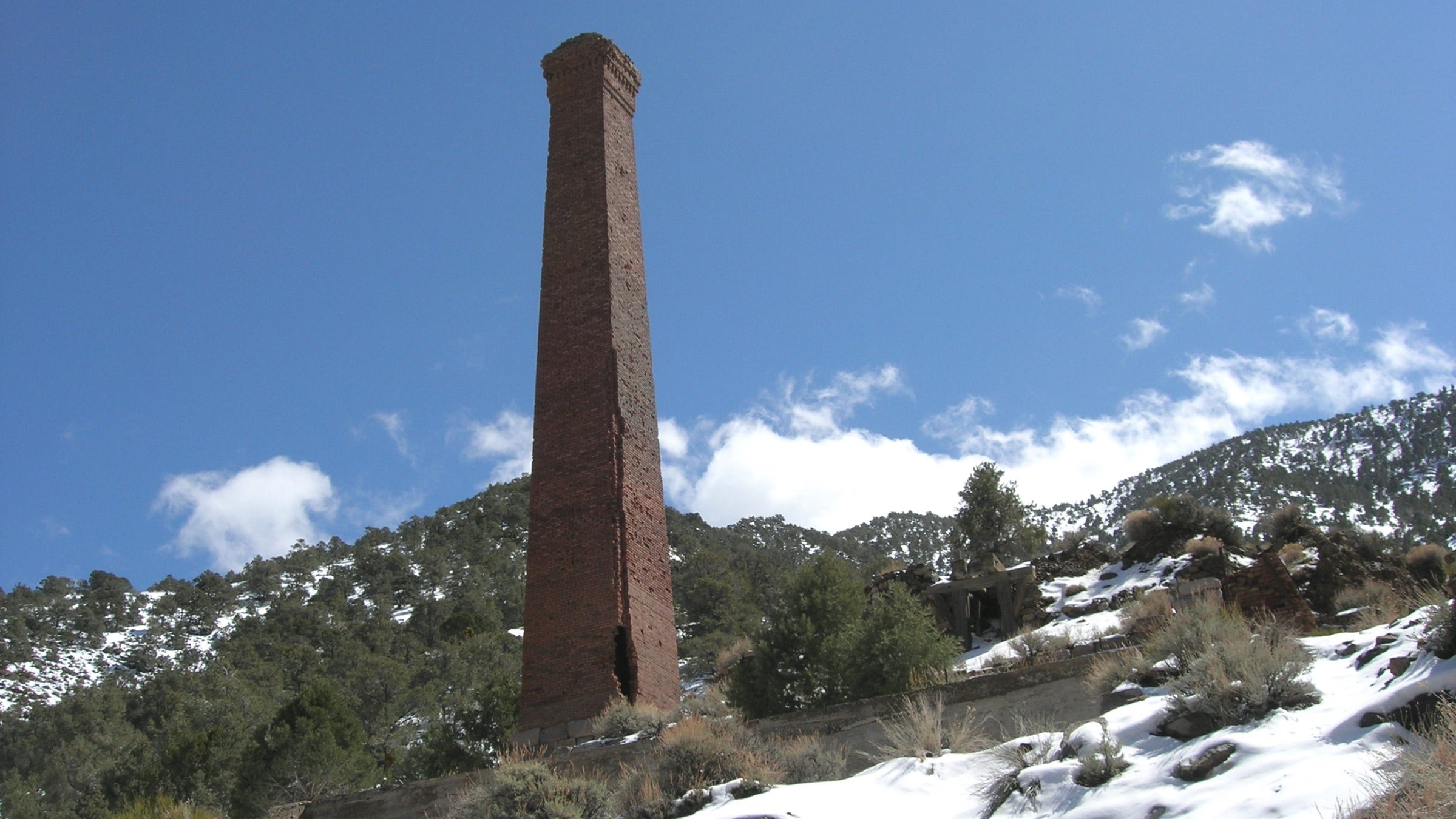Explore Paramint City: This California Ghost Town is the Ultimate Risk-Reward Hike

(Photo: Joe Decruyenaere)
The Panamint Hilton isn’t what you’d call luxury accommodations. It’s a run-down, ratty cabin miles from civilization. It does have one massive selling point. It’s nestled within Panamint City, one of the most secluded and well-preserved ghost towns in the United States.
To reach it, you’ll have to hike, wade, scramble, and squeeze through seven miles of sparsely marked trail in Death Valley’s Surprise Canyon and climb more than 3,600 feet. But you won’t have to deal with Death Valley’s legendary heat. The canyon is an oasis within the area’s arid landscape—that’s the surprise! It’s filled with waterfalls, streams, and lush greenery. While the trail is long, treacherous, and occasionally waterlogged, it ends at Panamint City, home to some of the best-preserved ruins from the “Old West.” Only about 100 people a year attempt to reach it.
Trail Facts
Distance: 15-mile out-and-back
Elevation: 4,360 feet
Difficulty: Challenging
Panamint City History
Before settlers arrived, the area now occupied by Panamint was home to the Timbisha Shoshone people. Prospectors founded the town after a silver strike in 1872, and, funded by a pair of Nevada senators, Panamint City became a booming mining town. The little town is remarkably well-preserved despite weathering flash floods and desolate conditions for over a century before being abandoned. Its Main Street remains dotted with cabins, saloons, mines, and more. But first, you have to get there.
How to Get to Panamint City
For many, the journey begins in Ballarat, a nearly-abandoned town that served as a temporary home for the notorious Manson cult. The “family’s” ranch is nearby and the remains of Manson’s faded green Dodge Power Wagon are still there. Stop in at the Ballarat Trading Post for a drink or information on the surrounding Panamint Range. Then drive about five miles up Surprise Canyon Road to the trailhead at the Chris Wicht Camp, where parking is available.
The Narrows
At the trailhead, the adventure begins in earnest. Hikers will have to navigate Surprise Canyon’s narrows, scrambling across rocks, tunneling through thorny brambles, slogging through streams, and backtracking from dead ends. Flanked by white stone walls, the creek sometimes creates waterfalls and pools that provide respite from the heat. There also two springs where water is often available. Pack in a gallon per person per day to be safe.
The Long Mile
After completing the four-mile trek through the narrows, the canyon basin transforms into a juniper and pinyon-covered mountainside. Atop the canyon, hikers will have to contend with crumbling ridges and narrow ledges, but the trail becomes more defined around the five mile mark.
Just a mile further on, the silhouette of Panamint City’s massive smokestack comes into view, signaling the end of the journey is near. The smokestack once vented fumes from a smelter that cast silver into heavy, cannonball-like spheres designed to be hard for bandits to carry off. The final stretch of the journey, nicknamed “the long mile,” is bounded by stone walls that will lead you into the town’s Main Street.
The Panamint Hilton
Once there, you can wander at will. Panamint City’s seclusion has protected its structures from the elements, so there’s plenty to see. Several cabins lining the main street are mostly intact, including the old miner’s cabin that hikers have dubbed the “Panamint Hilton.” It comes furnished with beds, tables, chairs and a full kitchen. A word of caution: The Hilton is a hotspot for Hantavirus, a rare disease spread by rats. Camp just outside the cabin and don’t drink the water before filtering it!
Visitors can set up camp outside one of Panamint’s many cabins and stay for days, exploring relics of the past. Discover old bars and saloons, scrappy automobiles, and Native pictographs dating back to well before the town’s founding. Find scattered mining ruins throughout the town, in the nearby Sourdough Canyon (to the northwest), and in Marvel Canyon (to the west).
For those brave enough to make the trek, Panamint offers a combination of history and scenery unlike any place in the United States. Even experienced hikers can struggle with the 7.5-mile climb—but what’s an adventure without a little struggle?